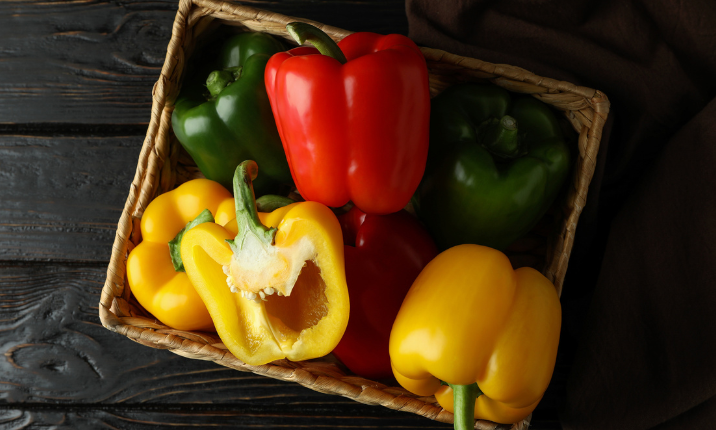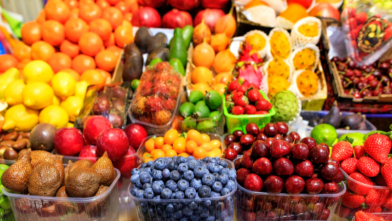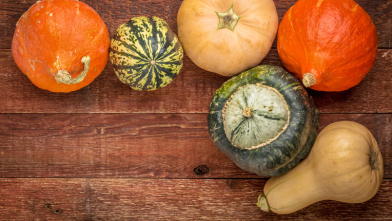Are bell peppers spicy?
Bell peppers aren’t spicy, as they don’t produce capsaicin, the chemical that causes the burning sensation in your mouth when eating jalapeños or other spicy peppers. Green bell peppers are unripe red bell peppers and are less sweet. Red bell peppers are produced by allowing green peppers to ripen on the vine.
Nutritional Benefits of Bell Peppers
One cup of green bell pepper has just thirty calories, seven grams of carbohydrate, and almost three grams of fiber. The low carbohydrate count makes green bell peppers a great choice for those who have diabetes and need to manage their blood glucose (blood sugar). One cup of green bell pepper also has vitamin C, vitamin K, potassium, and vitamin B6. Vitamin C is essential for our immune health, collagen synthesis (the most abundant protein in our bodies, found in bones, muscles, and tissues), and is a strong antioxidant. Red bell peppers have twice the vitamin C as green bell peppers, so add both to dishes when possible!
Vitamin B6, pyridoxine, is essential for the production of red blood cells and the proper functioning of nerves. Green peppers are also a good source of provitamin A, which our bodies turn into vitamin A and uses for eye and skin health, and boosts immunity. The fiber in green bell peppers can help you meet your daily fiber goal, preventing constipation and maintaining a healthy gut bacteria balance. Green bell peppers are also high in antioxidant plant compounds, such as carotenoids and phenolic acids, which help to prevent chronic diseases and cancer.
How to Choose and Store Bell Peppers
When choosing green bell peppers, look for peppers with firm, tight skin that doesn’t look bruised or blemished. When ripe, bell peppers will be shiny. Store bell peppers in a plastic bag in the refrigerator, and either poke holes in the bag or store in reusable mesh bags. They’ll last in the fridge for about a week. Once washed and sliced, store in an airtight container for three to four days.
Bell Pepper Meal Ideas
There are many ways to incorporate bell peppers into everyday meals:
- Toss diced peppers into an egg scramble or breakfast burrito
- Dip raw sliced peppers into hummus for a delicious and crunchy snack
- Toss peppers with oil, salt, and pepper and roast in the oven until soft. Roasted peppers go great layered on sandwiches, thrown into pasta dishes, or combined with meat for tacos.
- Stuff peppers with rice and beans and roast in the oven
- Grill peppers at high heat (to bring out their sweetness) alongside fish and chicken
Green peppers are generally available year-round at most grocery stores, so enjoy any time you can!








